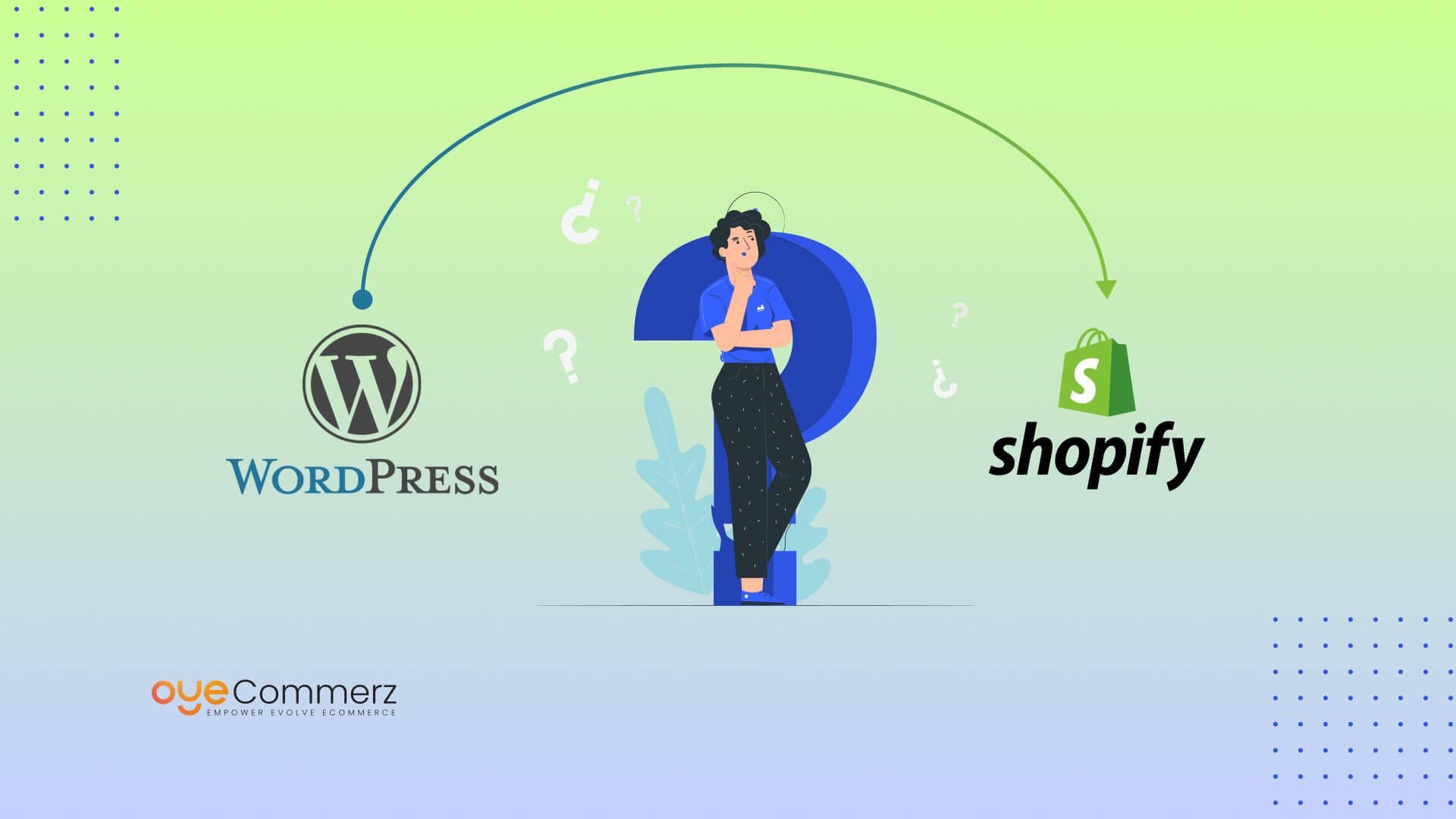Seamless WordPress to Shopify Migration: A Comprehensive Roadmap for E-commerce Growth
Seamless WordPress to Shopify Migration: A Comprehensive Roadmap for E-commerce Growth
Blog Article
Transitioning from WordPress to Shopify marks an exciting step in optimizing your e-commerce processes. As businesses expand, choosing a solution that aligns with scalability, user experience, and flexibility becomes crucial. Shopify has emerged as a favorite for online merchants, providing superior adaptability, security, and ease of use. In this guide, we will delve into the transformative impact of this migration, highlight the benefits, and share practical tips to ensure a smooth transition.
1. Why Migrate from WordPress to Shopify?
WordPress, paired with WooCommerce, continues to support countless online stores. Nevertheless, as businesses scale, challenges like reliance on plugins, data risks, and technical complexities often obstruct growth. Shopify, specifically created for digital retail, eliminates these issues with an all-in-one, intuitive platform. Statistics back this transition—Shopify powers over 4.4 million stores worldwide, with a reported 10% increase in sales performance for numerous merchants after migration.
2. Shopify's Advantages for Thriving Online Stores
Shopify’s powerful platform is tailored for expanding brands. Its notable features include:
- Seamless Customization: Shopify provides over 80 expertly crafted themes.
- Integrated Tools: Features like Shopify Payments and integrated SEO streamline operations.
- International Expansion: Currency versatility and regional customization empower brands to expand internationally.
Additionally, Shopify delivers an uptime rate of 99.98%, guaranteeing your store remains accessible.
3. Preparing for WordPress to Shopify Migration
Prior to starting the migration process, assess your existing setup. Review product data, client information, and search engine rankings. Resources such as Shopify’s Migration Kit or third-party solutions help ease the transition. Create a comprehensive plan, making sure all assets—product descriptions, media files, and articles—are ready for seamless import.
4. The Importance of Accurate Data Migration
Data migration forms the foundation for a smooth platform switch. When migrating from WordPress to Shopify, focus on:
- Inventory Details: SKU, descriptions, and categories.
- Customer Data: Emails, order history, and custom fields.
- Search Engine Considerations: Retain meta tags, URLs, and forwarding paths to maintain search rankings.
Use tools such as LitExtension to streamline data transfer while minimizing errors.
5. Customizing Your Shopify Store
Post-migration, personalizing your Shopify store ensures it reflects your business identity. Take advantage of Shopify’s E-commerce website migration drag-and-drop editor to design pages effortlessly. Shopify's themes are mobile-responsive, ensuring a seamless user experience across platforms—a key point, given 74% of e-commerce traffic is generated by mobile users.
6. How to Protect Your SEO Rankings When Switching Platforms
SEO is vital for Seamless Shopify migration maintaining your online presence during migration. Shopify excels in SEO with clean URL structures, preloaded features, and smooth content management. Ensure:
- Set up URL forwarding for old URLs.
- Optimize new pages with targeted phrases.
- Use Shopify's apps Plug in SEO to track analytics post-migration.
7. Essential Tests After Migrating to Shopify
After finishing the transfer, run detailed checks.
Check: - Page load times (Shopify boasts faster speeds compared to WordPress).
- Payment integration reliability and transaction flow.
- Adaptability across devices.
Testing guarantees your store delivers a smooth shopping journey from the start.
8. Case Study of a Successful Migration
An example of effective platform switching is Gymshark, a sportswear company that moved to Shopify. Post-migration, the company saw a 60% increase in mobile sales and reduced site downtime. This showcases the capabilities of Shopify in enhancing online business success.
9. Challenges and Solutions
Migration is not without obstacles, such as information accuracy and adjusting tailored features. However, Shopify’s extensive assistance and external professionals simplify the process. Collaborating with qualified Shopify developers helps guarantee a trouble-free transition.
10. Starting Your Journey with Shopify
Migrating from WordPress to Shopify represents a forward-thinking approach to e-commerce. By focusing on growth, streamlining operations, and improving buyer satisfaction, Shopify enables companies to succeed in competitive markets.
Conclusion
Switching from WordPress to Shopify is a strategic move that can greatly enhance your online business performance. With a well-structured strategy, the right tools, and professional guidance, you can unlock new growth opportunities.
Excited to start the journey? Reach out today to learn how our Shopify migration services can transform your e-commerce platform. Get in touch today, or consider: Is it time to seize Shopify’s advantages for your store?
 Report this page
Report this page